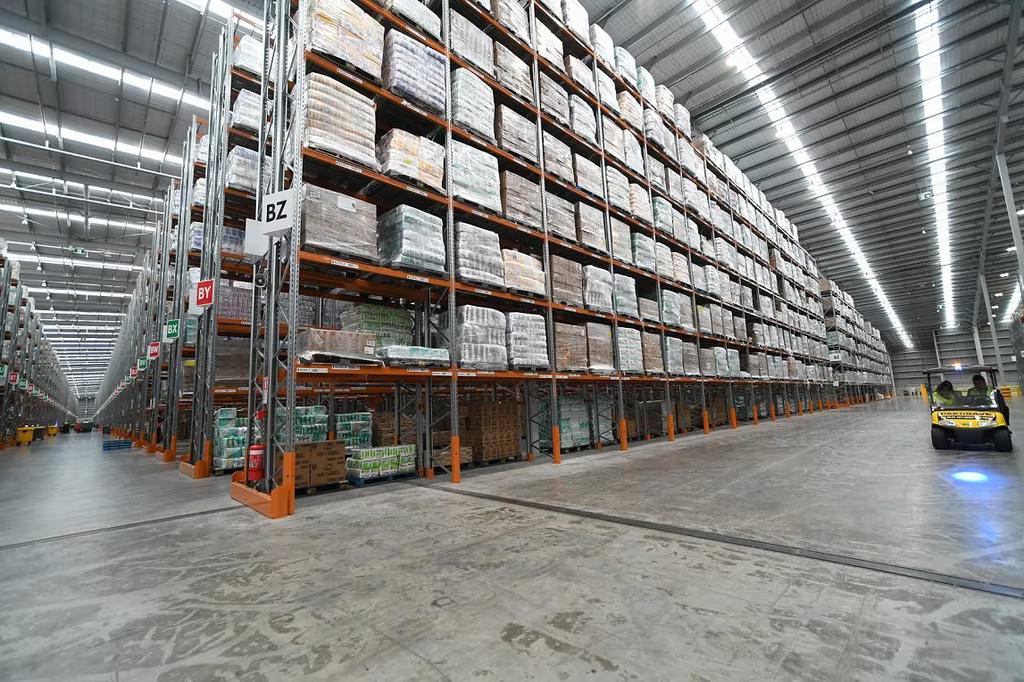
Media Release: Cost increases from grocery suppliers to supermarkets accelerate to 10.0%pa in October
Cost increases from grocery suppliers to supermarkets have continued to accelerate in October, as the largest number of items in five years increased in cost. The Infometrics-Foodstuffs New Zealand Grocery Supplier Cost Index (GSCI) shows a 10.0%pa rise in October 2022, intensifying the pressure in retail supermarket prices.
The Infometrics-Foodstuffs New Zealand Grocery Supplier Cost Index (GSCI) measures the change in the cost of grocery goods charged by suppliers to the Foodstuffs North Island and South Island cooperatives. The Index utilises detailed Foodstuffs NZ data across over 60,000 products Foodstuffs buys to stock in store, making it the largest dataset of its type in New Zealand, to give a real time view on supplier cost changes.
“Every month, the Index tracks what it costs supermarkets to buy the goods to put on the shelf,” says Infometrics Principal Economist and Director Brad Olsen. Previous analysis shows that supplier costs are the major component of supermarket prices, representing two-thirds of the on-shelf price.
“October saw the largest number of items re-costed at a higher cost since our series begins in 2018. Just over 9,000 items were re-costed higher in October 2022, nearly five times higher than in the same month in 2019 (pre-pandemic). The continued rapid rise in supplier costs to supermarkets reinforces the inflationary pressures observed across the economy, and the Index shows no abatement or change in direction yet,” says Mr Olsen.
Supplier costs to supermarkets rose across all departments again. Produce, butchery, and seafood supplier costs were up by more than 10% over the last year, with frozen foods close behind at 9.8%pa. “Despite large annual increases in the more volatile fresh produce and proteins departments, the continued high supplier cost increases for more general grocery and non-food goods emphasises the broad-based nature of cost pressures,” says Mr Olsen.
“Other indicators, including fuel prices, international food prices, and employment and wage statistics, all point to cost pressures being sustained. High inflation remains persistent and pervasive across the economy, with domestic pricing pressures of concern. The lower New Zealand dollar will also keep imported inflation higher than otherwise.”
ENDS
Note:
The Infometrics-Foodstuffs New Zealand Grocery Supplier Cost Index (GSCI) measures the change in the cost of grocery goods charged by suppliers to the Foodstuffs North and South Island cooperatives.
The Index utilises detailed Foodstuffs NZ data, across over 60,000 products, analysed by independent economics consultancy Infometrics to produce the GSCI and publish it on a monthly basis. For more details see www.infometrics.co.nz/product/grocery-supplier-cost-index.









